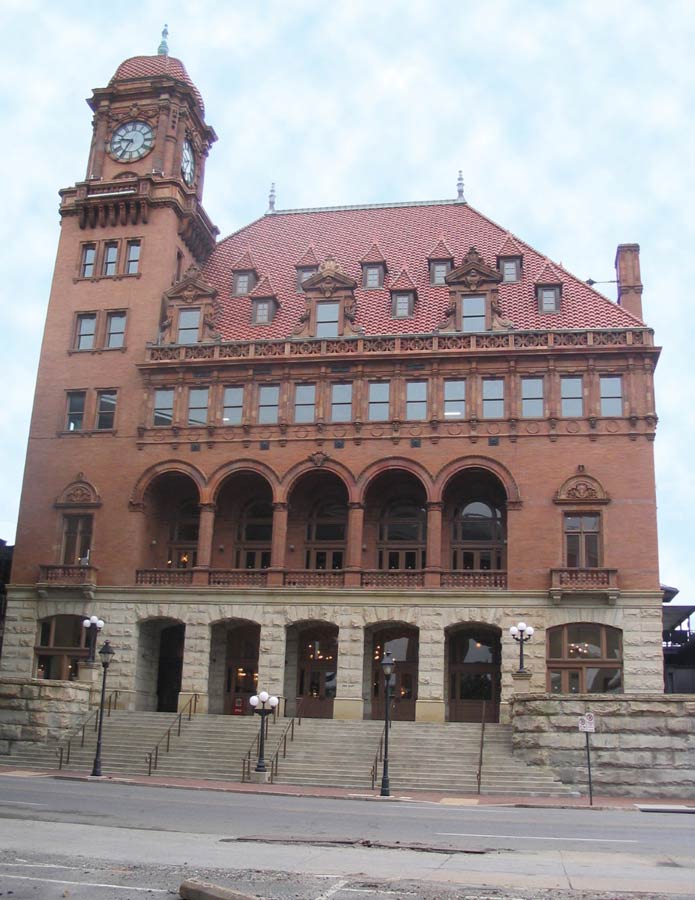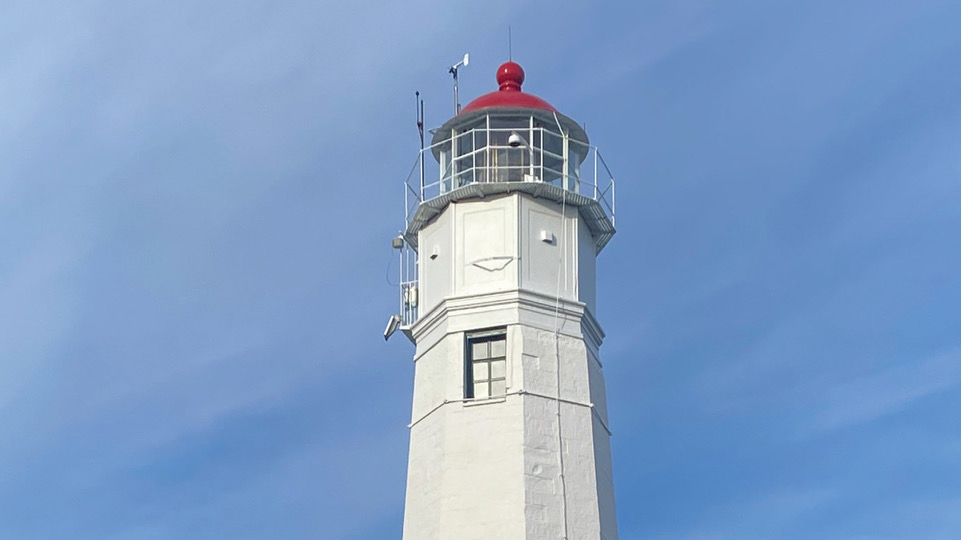Concrete Restoration
Quality is the cornerstone of Graciano’s concrete restorations. We offer an extensive range of concrete restoration capabilities. Our experts understand concrete from the inside out, and are experienced in employing it to your best advantage.
Graciano’s Concrete Restoration Division uses the most advanced leak-sealing grouts, additives, bonding agents, and injection materials in our concrete restoration services. This approach provides permanent protection against cracking, spalling, and erosion in concrete structures. Projects include the Lanphor Reservoir and the Mt. Sinai Parking Garage.

Concrete Restoration Services Offered
Concrete restoration services can significantly enhance the lifespan, structural integrity and safety of concrete structures. Graciano Corporation has successfully worked on a wide array of bridges, dams, reservoirs, sewers and waterways. The firm has also performed numerous garage and stadium deck repairs.
- Traffic Coatings Traffic coatings protect concrete surfaces from wear and tear caused by automobiles, machinery or pedestrian traffic. Most commonly formulated from an epoxy base, these coatings seal out moisture and damaging materials such as salts and oils. They are frequently impregnated with fine aggregates to improve traction and to minimize slipping hazards.
- Structural Repairs Most concrete structures are reinforced by reinforcement rods (“rebar”) or structural steel. If the concrete skin of the structure has been damaged or has deteriorated, it is frequently necessary to restore or replace the steel substructure. In cases where the building has been built with little steel in the structure, it is frequently necessary to employ and anchoring system to stabilize the building before repairs can be made.
- Sealing Sealing effectively closes the porous surface of concrete and makes it more impervious to damaging substances, such as gasoline, oils or melting agents. Sealants are available in clear formulations, for high visibility, high aesthetic areas, or in urethane formulations for high–traffic areas, such as parking decks or industrial floors.
- Polymer-Modified Mortar Repairs Polymer-modified mortar repairs involve the addition of plasticizers to traditional mortar. These additives improve the mechanical performance of the mortars by improving adhesion qualities, extending working times and improving hot weather workability. Polymer-modified mortars can also offer improved chemical resistance, higher flow, increased flexibility and better levels of compressive and tensile strength.
- Parking Deck Repair Parking deck repairs frequently involve repairs to both the deck surface and to overhead concrete structures that may have been damaged by water infiltration or exposure to melting agents. Repairs can take the form of partial–depth repairs, where a damaged area is filled and sealed, or through–depth repairs, where concrete is removed through to the other side of the damaged surface and then replaced. Repairs may also be made to vertical surfaces clad in concrete or masonry materials, or to overhead surfaces, such as ceilings.
- Façade Repairs Façade repairs involve removing damaged or degrading concrete from the surfaces of a structure, stabilizing the repair site, and filling any voids or cracks with new material that has been formulated to match the color and texture of the existing material that surrounds the repair. Façade repairs can also demand the creation of customized forms to allow for replication of cast–in–place detail.
- Demolition Demolition entails the removal of damaged or undesired concrete. It is most frequently accomplished with a jackhammer or another piece of pneumatic equipment.
- Cementitious Coatings Cementitious coatings are generally comprised of Portland cement that has been combined with a vermiculite or perlite premix. These coatings are used to provide fire protection on steel or concrete surfaces, and are typically sprayed on while a structure is under construction.
- Balcony Repairs Balcony repairs typically involve structural stabilization and replacement of damaged or missing components. In many cases, due to water infiltration or damage from the environment, it is necessary to remove the facing surfaces and decking materials from a balcony, stabilize the steel framework that ties the structure to the building, and then replace the facing surfaces with new or recovered material.

Contact









